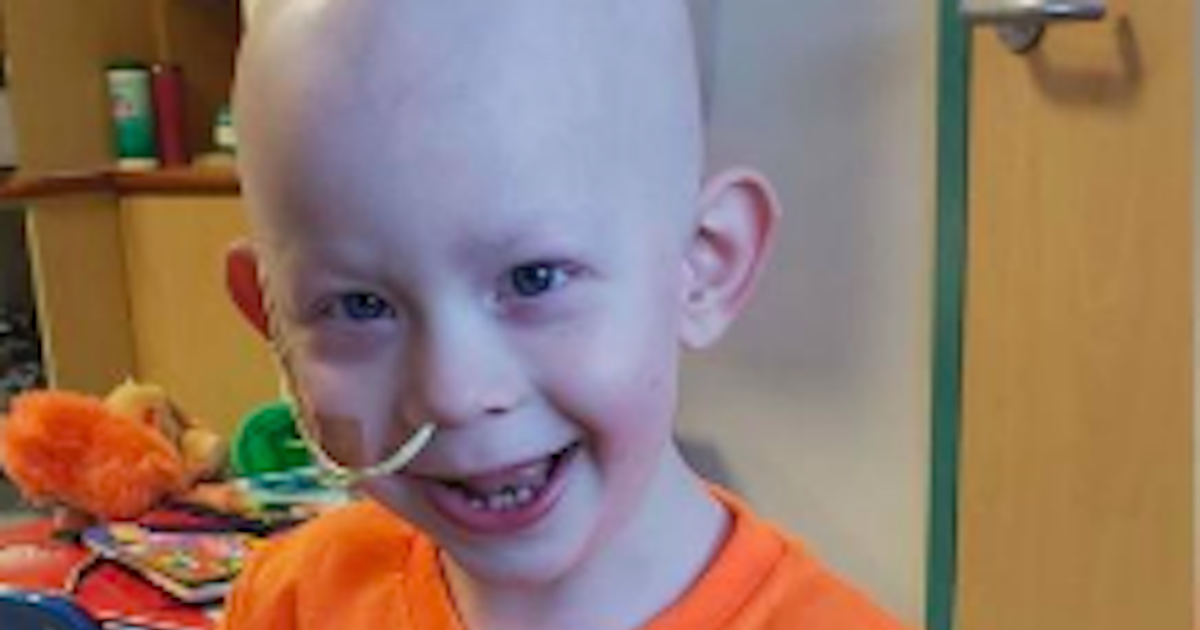Celebrating a birthday during quarantine might not be fun, but one mother in Kentucky is asking people to send her three-year old son, Abel Helson, birthday cards while he fights against a subtype of acute myeloid leukemia (AML) called Pure Erythroid Leukemia.
Concern over Helson’s health started in October, when his family noticed his left eye was significantly drooping. At first it was brushed off by their family eye doctor, but the next month Helson started suffering from arm paralysis and difficulty moving his neck. In November, doctors performed a CT scan on Helson which showed he had three masses on his brain as well as one mass on both his neck and lower spine. He underwent surgery to remove the tumor on his neck.
Read MoreHelson’s birthday is on May 18, and since he will be spending it in the hospital, his mother shared an address with local news station WBKO where people can send Helson birthday cards to lift his spirits during treatment. People can send cards to:
Abel Helson
206 E Third Ave
Central City, KY 42330
Diagnosing Acute Myeloid Leukemia (AML)
In dozens of conversations with SurvivorNet, researchers have explained how patients are diagnosed with AML and what symptoms may be present. Dr. Gail Roboz, a medical oncologist at Weill Cornell Medicine, told SurvivorNet that AML symptoms may present themselves as shortness of breath, decreased exercise tolerance, unexplained bruising, or infections. In some cases, patients may have no symptoms of AML at all, and therefore are diagnosed unexpectedly during a routine health evaluation.
Once patients are given an AML diagnosis, Dr. Roboz says that it’s important to understand which subgroup of AML you fall into. Studying cytogenetics, which is a branch of genetics that looks at DNA structure, is key in acute myeloid leukemia (AML) research and treatment. Through cytogenetics, physicians will examine the types of chromosomes within patients in order to conclude into which subgroup of AML they fit, which is crucial in determining the best treatment they should receive. These prognostic subgroups include cytogenetic information, molecular genetic information, and mutations.
Dr. Gail Roboz explains how subgroups of AML are determined
"This is something that's actually becoming very well known to patients because there are initiatives that are trying to have the patient be their own advocate and to say 'well, what is my subgroup of AML? What kind of AML do I have?’" Dr. Roboz says.
Learn more about SurvivorNet's rigorous medical review process.


